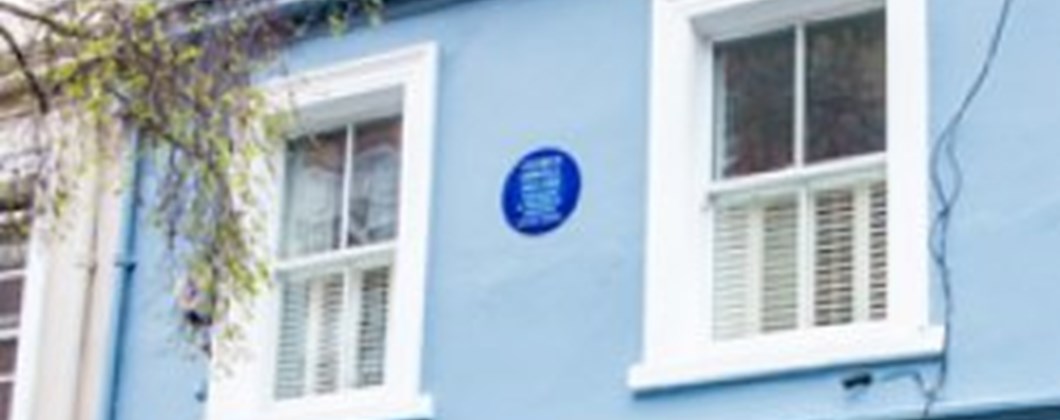English Heritage want more blue plaques for women

With just a 14% representation, the charity is encouraging more women to proposed for a plaque
Just 14% of all blue plaques awarded to important historical figures in London belong to women. English Heritage has announced that this is something that they want to change, with the charity promising to re-address the balance in women’s favour.
The blue plaques scheme was started in 1866 and are one of the oldest of its kind anywhere in the world. English Heritage has awarded over 900 plaques in the last hundred years, honouring notable people who lived in the buildings they place these plaques onto.
Historical figures ranging from Charles Darwin to Chares Dickins have been honoured over the years, with even BBC Television receiving one in Alexandra Palace in 1977.
With such a huge majority of men represented by the plaques, Anna Eavis, Curatorial Director and Secretary of the English Heritage Blue Plaques Panel, says that people have the power to write women into history.
“At English Heritage we've long recognised this and have been doing what we can to address it, but the blue plaques scheme relies on public nominations, and we need their help,” Eavis said, “This year's centenary of the first votes for women has brought about an increased urgency to rebalance the record of women's contribution to history. We really hope this enthusiasm will be translated into lots more nominations and ultimately more blue plaques for women.”
To qualify for a blue plaque, the figure in question must have made a great impact to society, have been dead for over 20 years, and have lived or worked in a building in London which still survives today. To nominate someone for the scheme, you can visit the English Heritage’s Propose a Plaque page.
Women already awarded by the scheme include the likes of Virginia Woolf, Emmeline Pankhurst and Anna Freud.
